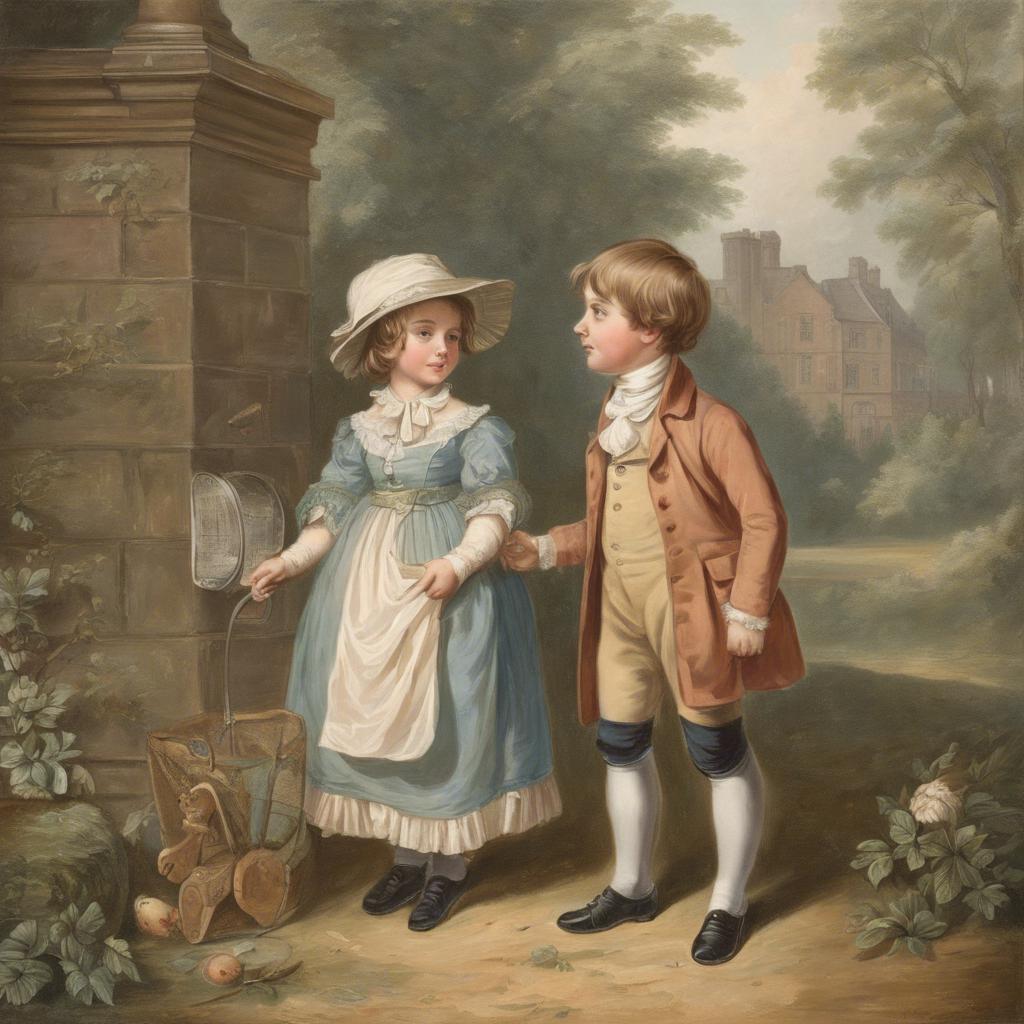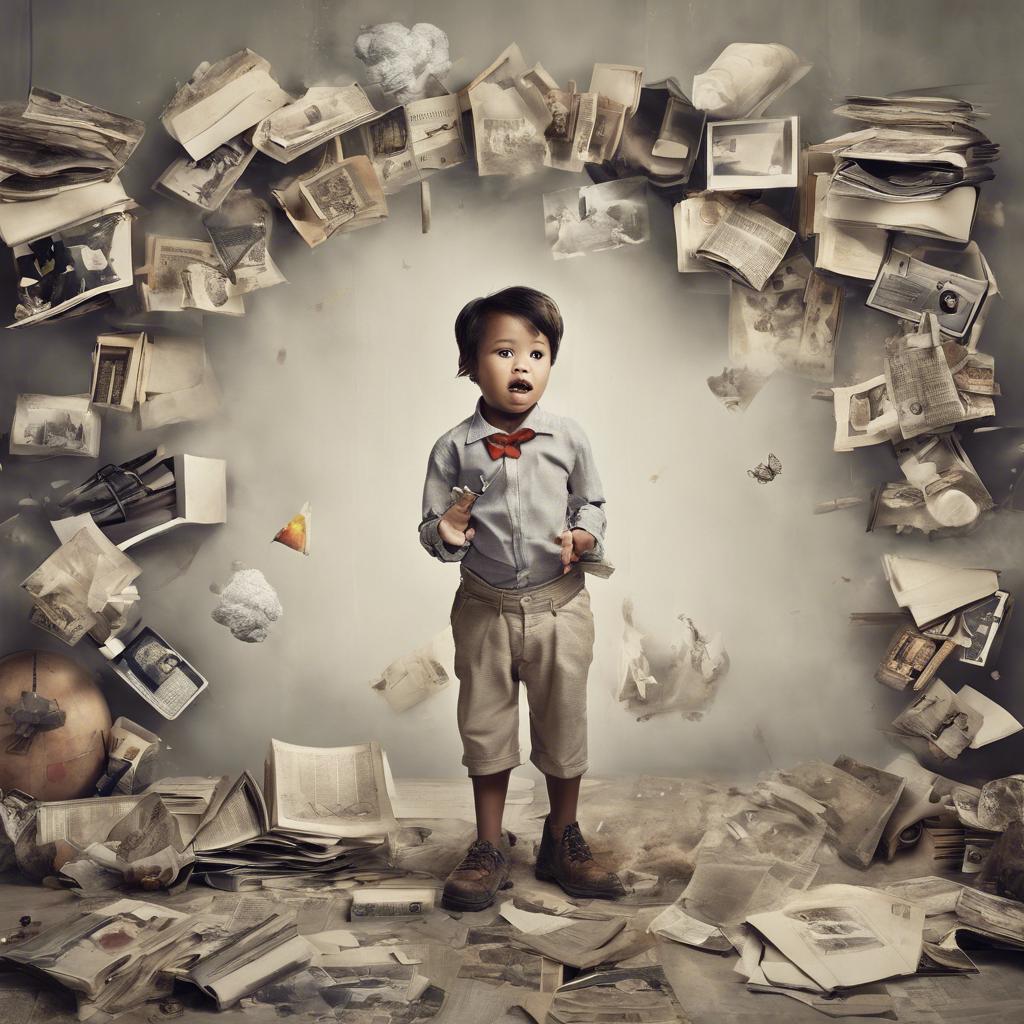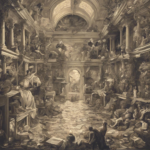The Regency Era was a time of great social and political change in Britain, marked by the reigns of King George III and his son, the Prince Regent. While much attention is often paid to the adults of this period, the lives and experiences of Regency Era children are often overlooked. In this article, we will delve into the world of Regency Era kids, exploring their upbringing, education, and social status within the rigid hierarchies of British society. Join us as we uncover the unique challenges and opportunities faced by the youth of this fascinating era.
Step Into the World of Cheryl Bolen
Dive into the enchanting stories of love, intrigue, and elegance set in the Regency Era. Cheryl Bolen's novels offer timeless romance and captivating tales that will leave you wanting more.
Explore Cheryl Bolen's Books Now
Childhood in Regency Era England
In Regency Era England, childhood was vastly different from what we know today. Children were expected to be seen and not heard, and their lives were often dictated by regency era london's ton”>strict societal norms and expectations. Here are some key aspects of :
- Education: Wealthy children were often educated at home by governesses or tutors, while poorer children attended charity schools. Education was primarily focused on the classics, with an emphasis on Latin and Greek.
- Playtime: Children in the Regency Era enjoyed simple toys and games such as dolls, marbles, and hoop rolling. Outdoor activities like hunting, horseback riding, and archery were also popular among the aristocracy.
- Clothing: Young children were dressed in miniature versions of adult clothing, with boys wearing suits and girls wearing dresses. Fashion was heavily influenced by the styles worn by the royal family.
| Details | |
|---|---|
| Education | Wealthy children were educated at home, while poorer children attended charity schools. |
| Playtime | Children enjoyed simple toys and outdoor activities like hunting and horseback riding. |
| Clothing | Youthful fashion mirrored the styles worn by the royal family. |
was a time of strict rules and expectations, but also one filled with simple pleasures and joys. Children were taught to be respectful and obedient, while also encouraged to explore their interests and passions within the confines of society’s expectations.
Education and Upbringing of Regency Era Children
During the Regency Era, the education and upbringing of children were crucial aspects of society. Children were often raised with a strong emphasis on manners, etiquette, and proper behavior. Education was considered a privilege, and only the upper class had access to formal schooling.
Regency era children were taught by governesses or tutors in the comfort of their own homes. They were expected to excel in subjects such as languages, history, literature, music, and dancing. Girls were also taught skills such as embroidery and needlework, while boys focused on sports like horseback riding and fencing.
Parents played a significant role in the upbringing of their children, instilling values of respect, responsibility, and discipline. Family reputation was of utmost importance, and children were expected to uphold the honor of their household. the reflected the values and expectations of the society in which they lived.
Games and Leisure Activities for Regency Era Kids
During the Regency Era, children enjoyed a variety of games and leisure activities that kept them entertained and active. One popular game among Regency kids was Blind Man’s Bluff, where one child would be blindfolded and try to catch the other players. This game helped to develop their sensory skills and agility while providing endless fun.
Another favorite pastime for children during this time was playing with wooden hoops. Kids would race each other by rolling the hoop with a stick, developing their coordination and balance. Other outdoor games included tag, hide and seek, and hopscotch, which provided plenty of entertainment and physical exercise for the young ones.
Indoor activities for Regency children often included playing with dolls, toy soldiers, and miniature tea sets. Kids would also enjoy simple card games like Snap and Old Maid, which helped to improve their memory and social skills. the games and leisure activities of the Regency Era provided a balance of physical exercise, creativity, and social interaction for children of all ages.
Social Etiquette and Manners for Young Children in Regency England
During the Regency era, social etiquette and manners were of utmost importance, even for young children. It was crucial for children to learn proper behavior from a young age in order to navigate society with grace and poise. Here are some key rules and guidelines that young children in Regency England were expected to follow:
1. Politeness and Respect:
- Children were expected to address their elders with titles such as “Mr.”, “Mrs.”, or “Miss” followed by their last name.
- Bowing or curtsying when greeting adults was customary, showing respect and deference to those of higher social status.
- Using polite language, such as “please” and “thank you”, was essential in all interactions.
2. Table Manners:
- Children were expected to sit up straight at the dining table, with napkins on their laps and elbows off the table.
- Chewing with one’s mouth closed and not speaking with food in one’s mouth were considered signs of good breeding.
- Waiting for everyone to be served before beginning a meal and asking to be excused before leaving the table were important practices.
| Age Group | Appropriate Clothing |
|---|---|
| Toddlers | Simple dresses for girls, shirts and breeches for boys |
| Children | Formal attire such as suits and dresses, gloves for girls |
| Teenagers | Elegant gowns for girls, tailored suits for boys |
Insights and Conclusions
the Regency era was a transformative time in history for children and childhood as we know it today. From changes in education to advancements in social norms, the children of this era paved the way for future generations. As we reflect on the lives of Regency era children, we are reminded of the resilience, adaptability, and creativity that defines childhood in any era. Their stories serve as a testament to the enduring spirit of youth throughout history. Let us continue to honor and learn from the experiences of Regency era children as we strive to create a better future for all children to come.


